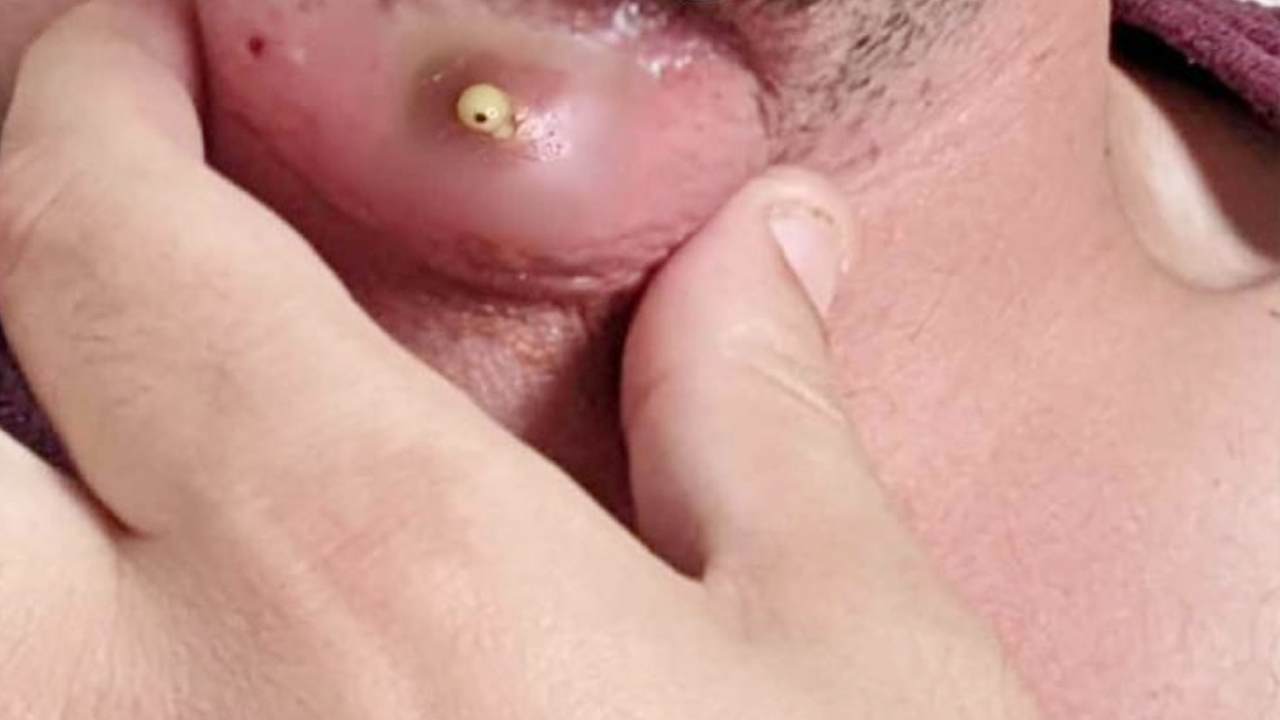Understanding and Treating Varicella-Associated Abscesses
Chickenpox, caused by the varicella-zoster virus (VZV), is typically a self-limiting illness. However, scratching the characteristic itchy blisters can lead to secondary bacterial infections, including abscess formation. This complication is particularly concerning in children, immunocompromised individuals, and those with inadequate hygiene. Let’s delve into the diagnosis and management of this often-overlooked problem.
Diagnosing the Infection: Beyond the Blisters
Identifying a varicella-associated abscess begins with a thorough clinical evaluation. The history of recent chickenpox – including fever and the telltale itchy, vesicular rash – is crucial. Physically, the abscess presents as a localized area of redness, swelling, warmth, and tenderness. The presence of pus (fluctuation) is a key indicator. While often clinically apparent, imaging techniques like ultrasound can confirm the presence of an abscess and differentiate it from similar conditions like cellulitis. A culture of the pus, obtained through incision and drainage (I&D), provides definitive identification of the bacteria and guides antibiotic selection.
The Microbial Culprits and Their Defeat: Antimicrobial Strategies
The most common culprits behind these secondary infections are Staphylococcus aureus (including methicillin-resistant Staphylococcus aureus or MRSA) and Streptococcus pyogenes (Group A Streptococcus). Treatment focuses on promptly addressing both the bacterial infection and, if still active, the underlying varicella infection.
Antibiotic Therapy: A Targeted Approach
The choice of antibiotic depends heavily on the severity of the infection and the likelihood of MRSA involvement. Outpatient treatment for mild cases often involves clindamycin or trimethoprim-sulfamethoxazole (TMP-SMX), with amoxicillin added if Streptococcus pyogenes is suspected. For more severe infections or suspected MRSA, intravenous vancomycin or linezolid are typically used. Once the culture results are available, antibiotic therapy can be narrowed to target the specific pathogen, optimizing efficacy and minimizing resistance development. The usual course of antibiotic treatment spans 7-14 days.
Antiviral Therapy: Combating the Virus
If the varicella infection itself is active and severe, particularly in immunocompromised patients, adolescents, adults, or infants under one month, antiviral therapy is essential. Acyclovir, often administered orally, or its more bioavailable counterpart, valacyclovir, are the drugs of choice. Intravenous acyclovir is reserved for severe or disseminated infections.
Surgical Intervention: The Role of Incision and Drainage
For abscesses that are large (≥1 cm), fluctuant, or unresponsive to antibiotics alone, incision and drainage (I&D) is the gold standard treatment. This procedure involves making a small incision to drain the pus, followed by irrigation and, in deeper cases, packing the wound to facilitate continued drainage. Post-I&D care includes regular dressing changes, warm compresses, and careful monitoring for recurrence or the development of cellulitis.
Supportive Care and Prevention: Beyond Medications
Beyond antimicrobial and surgical interventions, supportive care is vital. This includes pain management, ensuring adequate hydration, and meticulous hygiene to prevent further infection. Crucially, non-steroidal anti-inflammatory drugs (NSAIDs), such as ibuprofen, should be avoided, as they’ve been linked to increased risk of severe skin complications. Prophylactic measures, including the varicella vaccine, are paramount in preventing both primary chickenpox infection and the secondary bacterial complications that can follow. The vaccine is typically administered in two doses, the first between 12 and 15 months of age and the second between 4 and 6 years.
When to Seek Immediate Medical Attention
Certain situations demand immediate medical intervention. These include signs of deep tissue involvement (e.g., necrotizing fasciitis), systemic infection (fever, rapid heart rate, low blood pressure), immunocompromise, and failure of outpatient therapy.
In Summary: A Multifaceted Approach
Managing varicella-associated abscesses requires a multifaceted approach, combining appropriate antibiotic and antiviral therapy (as needed), surgical intervention when necessary, and meticulous supportive care. Prevention through vaccination remains the most effective strategy against this potentially serious complication. Prompt diagnosis and timely intervention are key to ensuring optimal patient outcomes.



